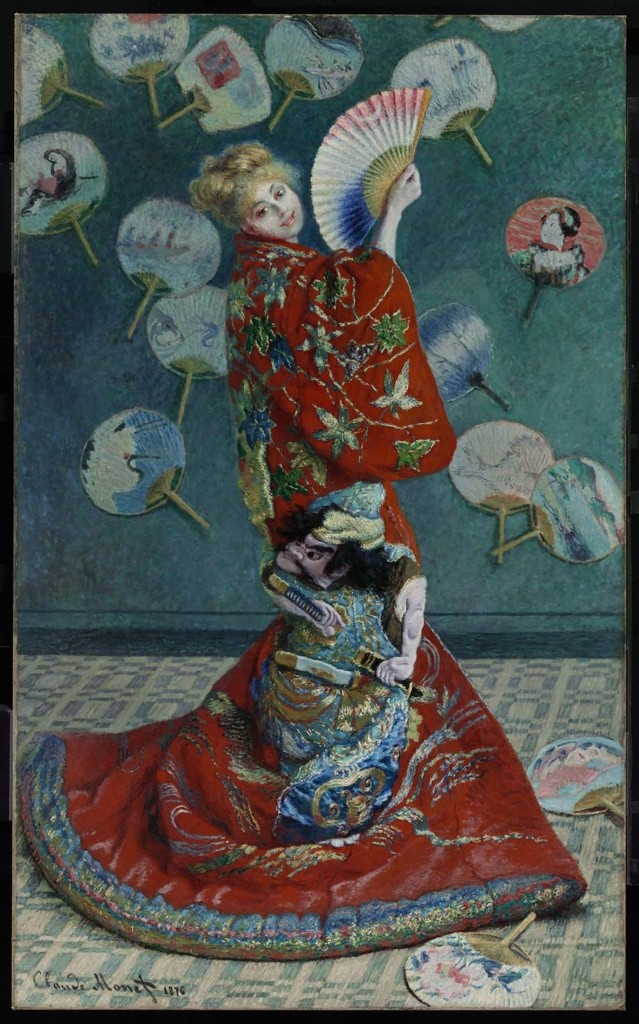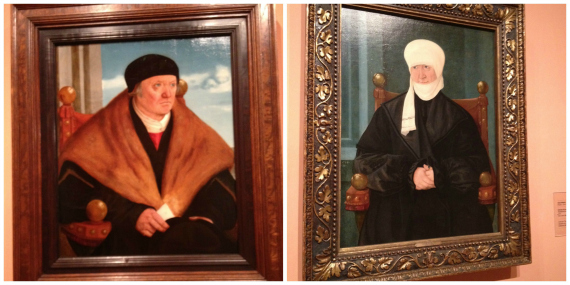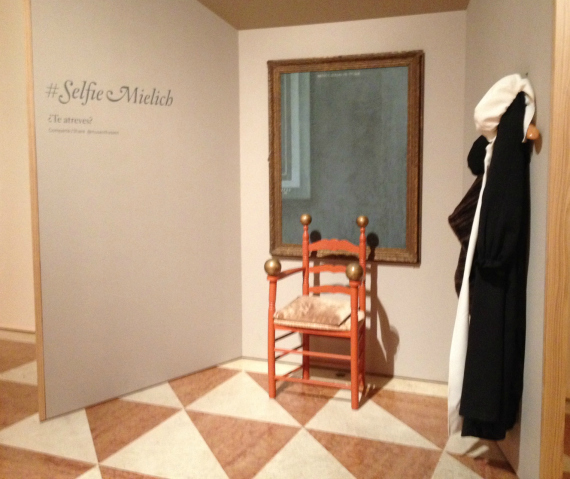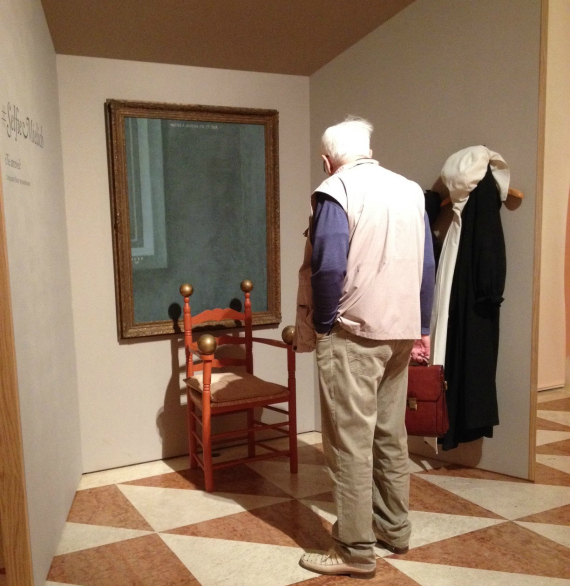 There is absolutely no point in saying something isn’t offensive if you’re not a member of the offended class, but let me say right off that I don’t quite understand the uproar over letting visitors try on kimonos at the Museum of Fine Arts in Boston. Yet that doesn’t much matter here. I’m more puzzled over why museums like the MFA are offering dress-up opportunities in the name of audience engagement. Engagement with what?
There is absolutely no point in saying something isn’t offensive if you’re not a member of the offended class, but let me say right off that I don’t quite understand the uproar over letting visitors try on kimonos at the Museum of Fine Arts in Boston. Yet that doesn’t much matter here. I’m more puzzled over why museums like the MFA are offering dress-up opportunities in the name of audience engagement. Engagement with what?
In case you have not heard, the MFA decided to have “Kimono Wednesdays” to teach visitors about Japonisme, the European affinity for Japanese goods and styles after Japan opened to the West in 1853. It invited visitors to invited try on a made-in-Japan kimono near its 1876 painting at right, La Japonaise (Camille Monet in Japanese Costume) by Monet, which shows his wife Camille dressed in a kimono and wearing a blond wig, “to emphasize her Western identity,” the museum said. Some people, presumably Japanese-Americans, saw this as racist and as appropriation. They began demonstrating in the museum and accosting other visitors with their complaints. You can read more details here, on ArtNet and on BigRedandShiny.
What happened next? The MFA cancelled “Kimono Wednesdays” and decided to let people touch, but not try on, the kimonos–which were, incidentally, made in Japan. As the Boston Globe reported:
The kimonos, which are replicas of the garment in the painting, were commissioned by the Japanese broadcaster NHK to accompany “La Japonaise†for the recent traveling exhibit “Looking Eastâ€; visitors to museums in Tokyo, Kyoto, and the MFA’s sister museum in Nagoya could try them on as part of the exhibit.
“It was very successful in Japan, and we wanted to provide an opportunity to further the visitor experience in Boston,†said [deputy director Katie] Getchell, who added that the MFA presented an educational talk on the event’s inaugural night. “People really appreciated the opportunity to see the kimonos, to try it on, to feel it, to appreciate its craftsmanship, and to think about what it would be like for a Parisian woman to have worn that at the time for her husband to paint her.â€
I’m confounded by the whole thing (after all, museums rarely back down over a work of art that offends–and they show plenty).
But while the museum called this an educational effort, it really wasn’t–or maybe “hardly was” is a better way to put it. As the MFA told the Associated Press, “it had hoped to create an “interactive experience,” helping museum goers appreciate the rich details, embroidery and fine materials of the garments.” Notice that word “interactive.” Translation: “fun.” And trying to make your museum “fun” is, as they say, as slippery slope.
I ran across this dress-up nonsense in May in, of all places, Madrid, where the Thyssen Bornemisza museum also invited visitors to take selfies of themselves dressed up in clothes from two 16th century portraits by Hans Mielich. See my pictures below (I think the gentleman is bewildered, but the guard told me that people were taking the museum up on its offer and laughing all the way through it).
And more recently, I learned of a cousin to the dress-up corniness at the Crystal Bridges Museum:
As part of the exhibitions Warhol’s Nature and Jamie Wyeth, we’ve created a self-portrait photo booth where you can fashion your image as a Warhol- or Wyeth-inspired portrait! Choose between the Pop-Art designs of Andy Warhol or the mysterious stylings of Jamie Wyeth for a one-of-a-kind photo experience. Recreate Wyeth’s Pumpkinhead – Self Portrait, or add some pop with Warhol’s signature style. Once you’ve created your picture, we’ll email you a copy with the opportunity to share on all social media outlets.
I know, light up! It’s just the dark age we are in. But IÂ always ask the same question about these “initiatives” — what have they got to do with art?
Photo Credit: Courtesy of the MFAÂ (above); Judith H. Dobrzynski (below)



